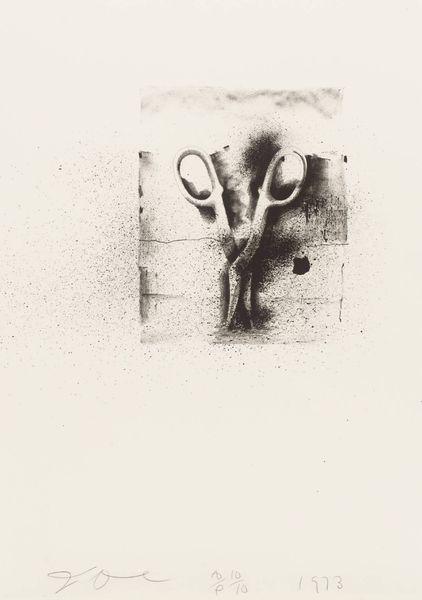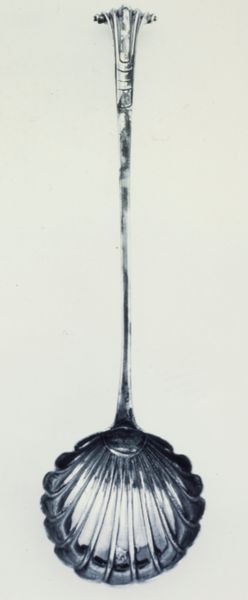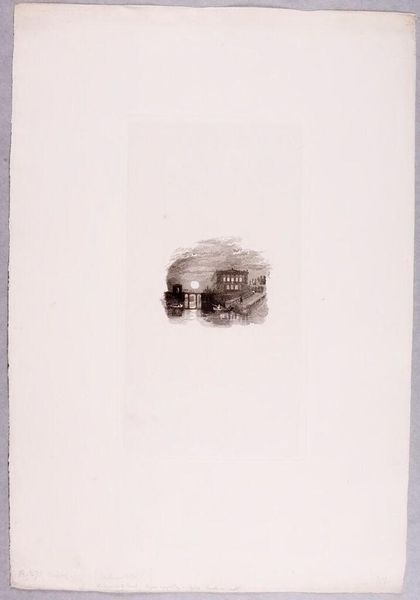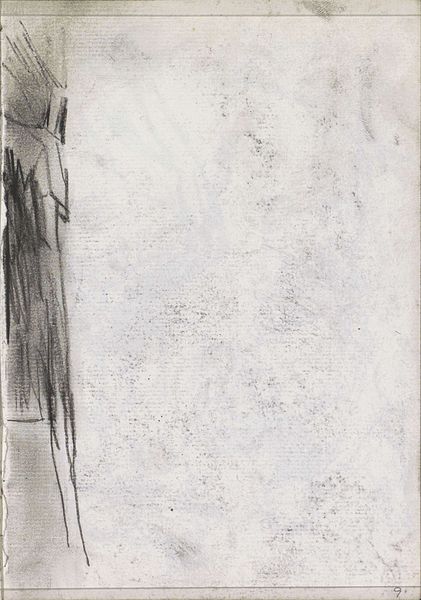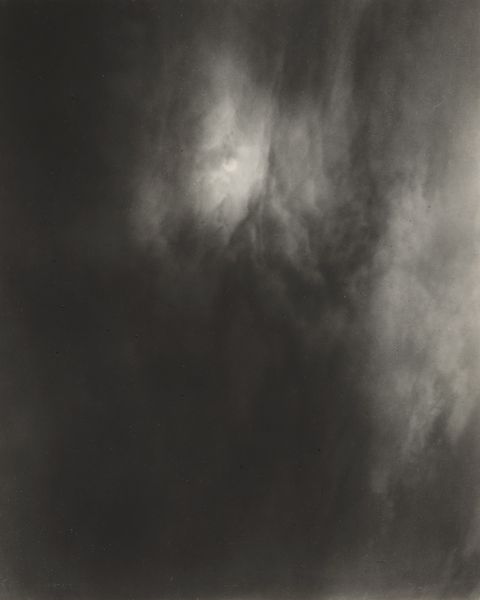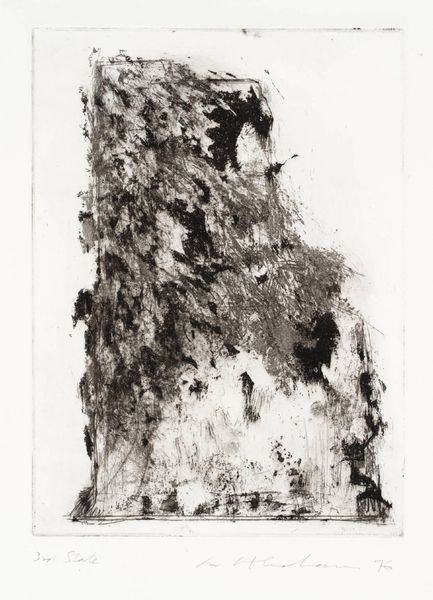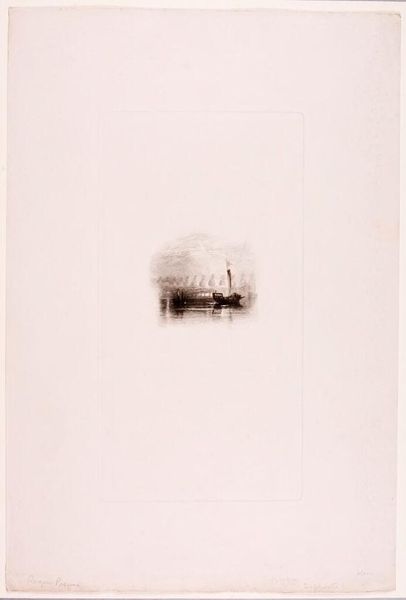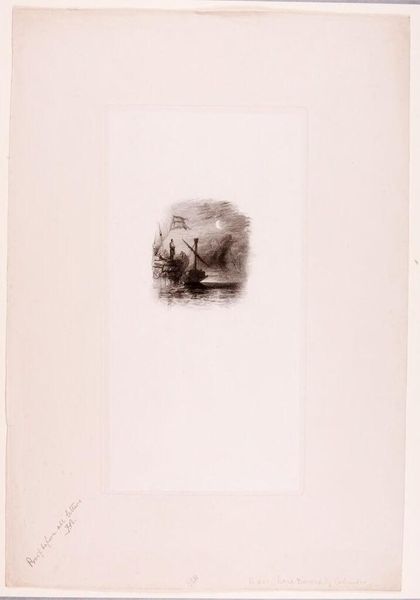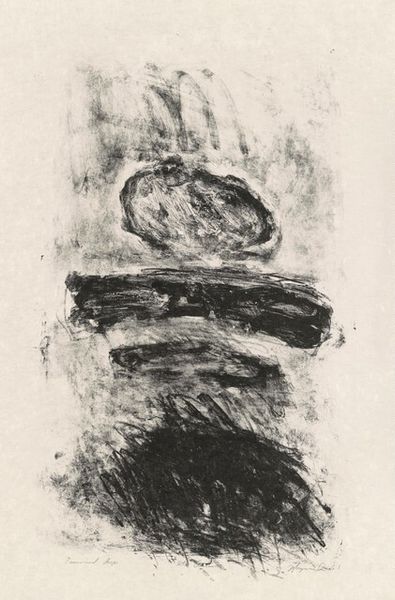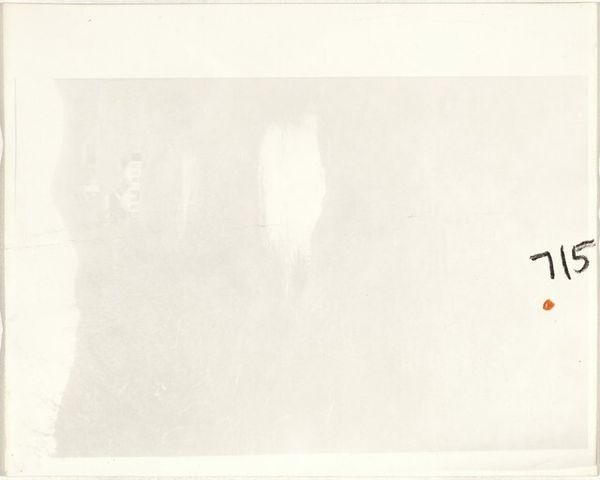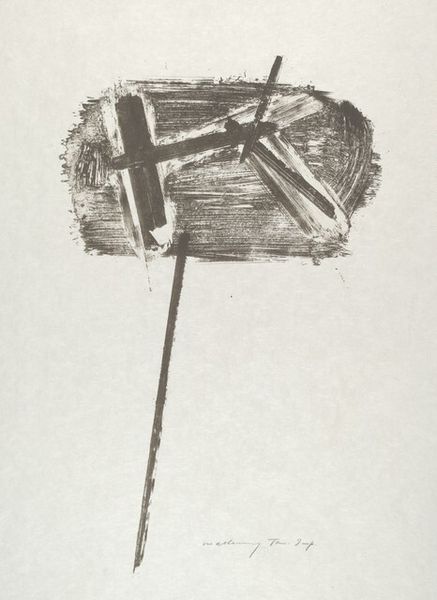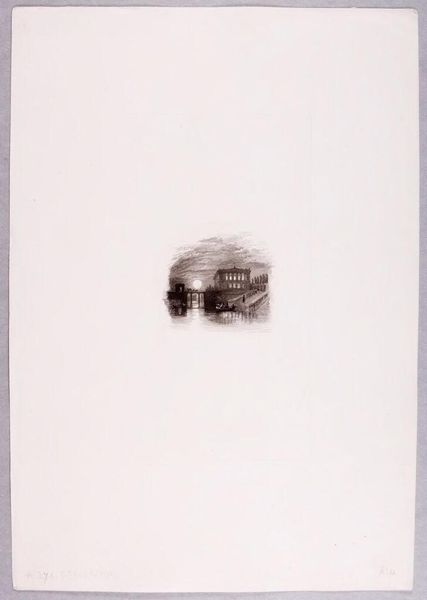
Copyright: Jim Dine,Fair Use
Curator: Standing before us is an untitled drawing by Jim Dine, crafted in 1973 as part of his "Ten Winter Tools" series. It's a graphite and pencil drawing on paper. Editor: Stark. Utterly stark. The negative space around the object almost consumes it. But the rendering is remarkable for such an everyday object. Curator: Exactly. Dine was deeply invested in imbuing the everyday with a kind of iconic weight. A tool, particularly within the 'Ten Winter Tools' context, represents a means to survive, a direct engagement with the environment. This fork becomes less a dining utensil and more a symbol of essential human interaction with the world, like the act of procuring and preparing nourishment. Editor: I see it in the subtle gradations of the graphite, almost caressing the form of the fork, contrasting with the almost aggressive use of empty space. The composition is deceptive; its simplicity belies a complexity in how Dine handles value and texture. There is tension there—the balance teetering between abstraction and representation. Curator: Considering Dine's engagement with pop-art, is it perhaps about elevating common objects to a position of prominence and reverence, asking us to reconsider the mundane? Perhaps, this work gestures toward broader themes of sustenance, labor, and our physical relationship with the world. Even its emptiness could signal times of want or reflect upon a still life where nothing grows, being from a series entitled 'Winter Tools.' Editor: A smart point. And the placement... anchored to that horizon line... gives me the strange feeling that the fork might disappear off of the surface. A feeling of dread comes to mind, maybe associated with famine and the scarcity of the world. Curator: It's fascinating to think of Dine investing so much into such seemingly unremarkable imagery and thus revealing to the viewer a different appreciation and reading. Editor: It truly changes our experience to observe closely how light and shadow give weight to an image so minimalist, yet it also makes me wonder what this minimalism signals beyond formal aesthetics. It makes it rather unnerving, now.
Comments
No comments
Be the first to comment and join the conversation on the ultimate creative platform.
